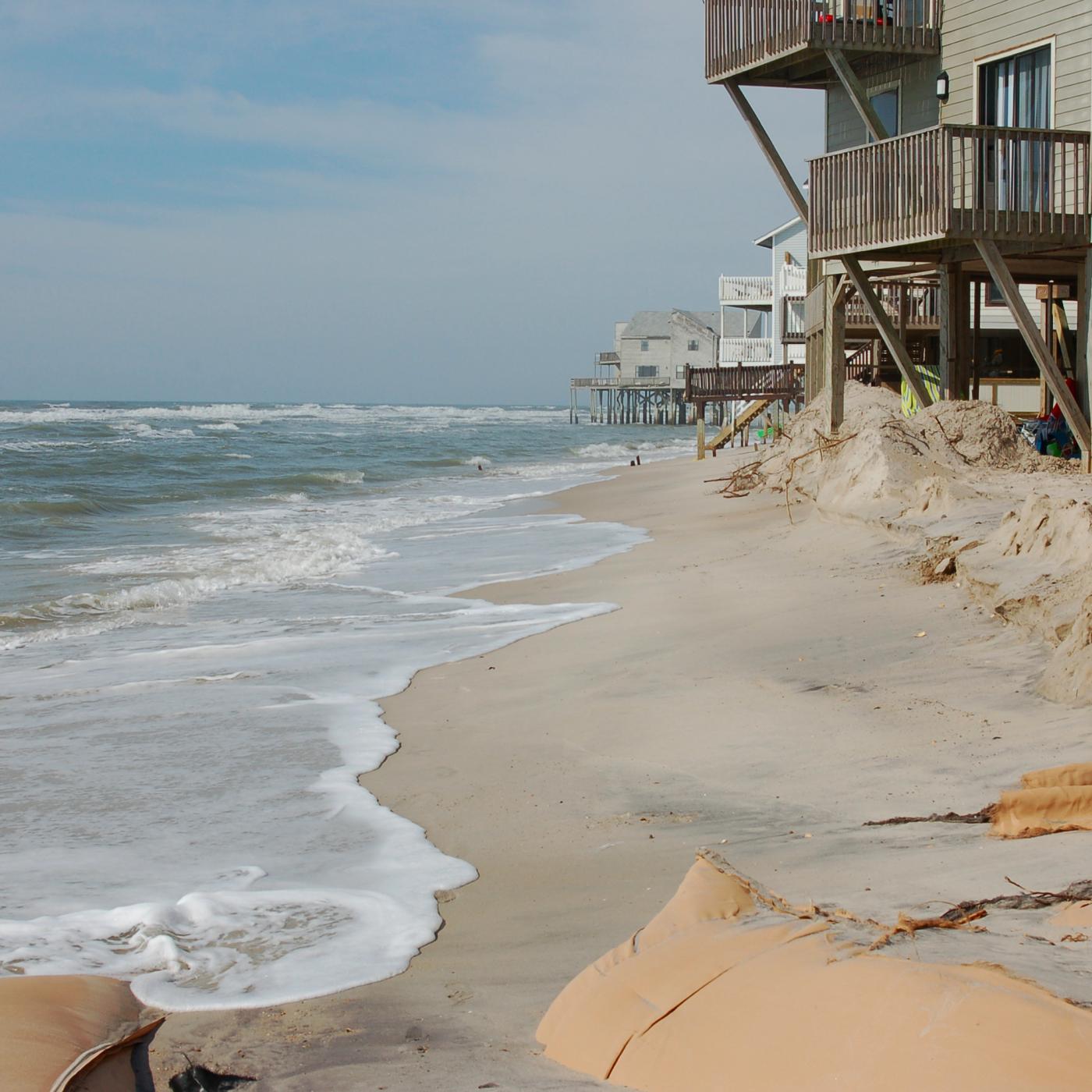
Filter News
Area of Research
News Type
News Topics
- (-) Biomedical (21)
- (-) Composites (1)
- (-) Energy Storage (21)
- (-) Frontier (1)
- (-) Quantum Science (12)
- 3-D Printing/Advanced Manufacturing (27)
- Advanced Reactors (13)
- Artificial Intelligence (8)
- Big Data (9)
- Bioenergy (13)
- Biology (5)
- Biotechnology (2)
- Buildings (1)
- Chemical Sciences (5)
- Clean Water (2)
- Climate Change (9)
- Computer Science (40)
- Coronavirus (23)
- Critical Materials (5)
- Cybersecurity (3)
- Decarbonization (1)
- Environment (27)
- Exascale Computing (4)
- Fusion (13)
- Grid (7)
- High-Performance Computing (3)
- Isotopes (8)
- Machine Learning (8)
- Materials (2)
- Materials Science (36)
- Mathematics (2)
- Mercury (3)
- Microscopy (8)
- Molten Salt (2)
- Nanotechnology (16)
- National Security (2)
- Neutron Science (28)
- Nuclear Energy (30)
- Physics (13)
- Polymers (7)
- Security (3)
- Space Exploration (2)
- Summit (17)
- Sustainable Energy (23)
- Transformational Challenge Reactor (5)
- Transportation (14)
Media Contacts

Joe Hagerman, ORNL research lead for buildings integration and controls, understands the impact building technology innovations can have during times of crisis. Over a decade ago, he found himself in the middle of one of the most devastating natural disasters of the century, Hurricane Katrina.

Scientists seeking ways to improve a battery’s ability to hold a charge longer, using advanced materials that are safe, stable and efficient, have determined that the materials themselves are only part of the solution.

A team led by Dan Jacobson of Oak Ridge National Laboratory used the Summit supercomputer at ORNL to analyze genes from cells in the lung fluid of nine COVID-19 patients compared with 40 control patients.

Five researchers at the Department of Energy’s Oak Ridge National Laboratory have been named ORNL Corporate Fellows in recognition of significant career accomplishments and continued leadership in their scientific fields.

Oak Ridge National Laboratory scientists seeking the source of charge loss in lithium-ion batteries demonstrated that coupling a thin-film cathode with a solid electrolyte is a rapid way to determine the root cause.

Ada Sedova’s journey to Oak Ridge National Laboratory has taken her on the path from pre-med studies in college to an accelerated graduate career in mathematics and biophysics and now to the intersection of computational science and biology

A team of researchers has performed the first room-temperature X-ray measurements on the SARS-CoV-2 main protease — the enzyme that enables the virus to reproduce.

ORNL welcomed six technology innovators to join the fourth cohort of Innovation Crossroads, the Southeast’s only entrepreneurial research and development program based at a U.S. Department of Energy national laboratory.

A team led by the Department of Energy’s Oak Ridge National Laboratory synthesized a tiny structure with high surface area and discovered how its unique architecture drives ions across interfaces to transport energy or information.

Oak Ridge National Laboratory researchers have discovered a better way to separate actinium-227, a rare isotope essential for an FDA-approved cancer treatment.


